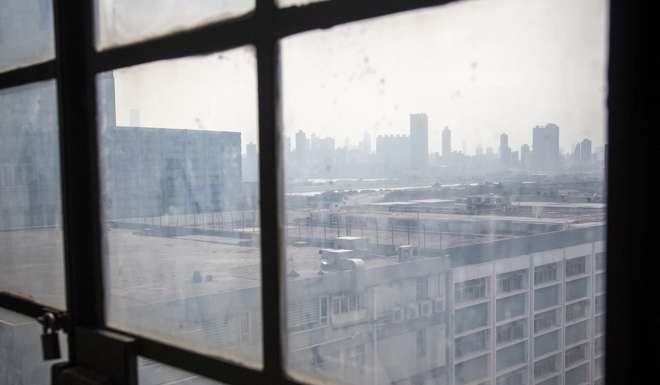
Food outlets seen as the answer to dwindling retail sales for Hong Kong’s landlords
Commercial landlords should make room for dining if they want to ride off the food and beverage sector’s success, analysts said.
Despite slipping retail figures in Hong Kong over the past two years, the city’s food and beverage spending continues to trend upwards, thanks in part to the city’s small flats encouraging a culture of eating out, research released by CBRE on Wednesday found.
And landlords could benefit from the growth, as food outlets could help surrounding retailers by bringing in foot traffic, according to the report, which was headed by Joe Lin, executive director of advisory and transaction services retail.
Food and beverage outlets also tended to prefer longer leases to pay off the cost of fit outs, he said.
Hong Kong’s huge commercial developments were identified as opportunity areas, with the flood of people likely to create strong demand for casual and business dining in the areas, Lin said.
One of the biggest development areas, Kowloon East, will see an extra 44,000 white-collar workers by 2020 thanks to the 4.7 million square feet of office space that is due to be built, according to CBRE forecasts.
Residential developments in the Sha Tin, Tseung Kwan O and Tuen Mun districts in the New Territories would see the strongest population growth by number in the five years to 2021, again driving strong demand for neighbourhood dining, the report found.

“Substantial commercial development in several districts over the next few years will provide opportunities for F&B sector expansion,” Lin said.
He advised landlords to “capitalise on the growth of F&B retail and increase the appeal of their properties” to potential food and beverage operators as tenants.
Landlords could attract them by converting premises to Ginza-style retail buildings which mix retail and food and beverage outlets throughout the levels.
Landlords should also think about features that might attract such tenants, like water and gas supply, elevators, and balconies or rooftops, Lin said.
In May, CBRE found food and beverage outlets accounted for 20 to 30 per cent of space in shopping malls, up from 10 per cent during the retail boom of 2012 and 2013.
Substantial commercial development in several districts over the next few years will provide opportunities for food and beverage sector expansion
Cathie Chung, JLL’s national director of research in Hong Kong, said she expected the proportion of food and beverage tenants to continue growing over the next 12 months – although she cautioned there was a limit.
“In the last 16 to 18 months, we can see more landlords being more aggressive in converting some retail space to accommodate more F&B tenants,” Chung told the Post.
“I think the landlords are really being creative, and I think they are quite eager to get first-time F&B tenants from overseas.”
Hong Kong attracted the highest number of new retailers globally last year, and more than half were food and beverage operators, according to an earlier CBRE report.
She said if landlords wanted to attract food and beverage tenants, they could make base rents low and bet on the retailer getting a high turnover, part of which would go to the landlord.
“They can bet on the sales – if they drive more, then they pay more rent,” Chung said.
But shopping centres could not be comprised solely of food and beverage tenants, she said, adding that 30 per cent coverage was probably the maximum.
“I think there must be a point to how much,” she said.

